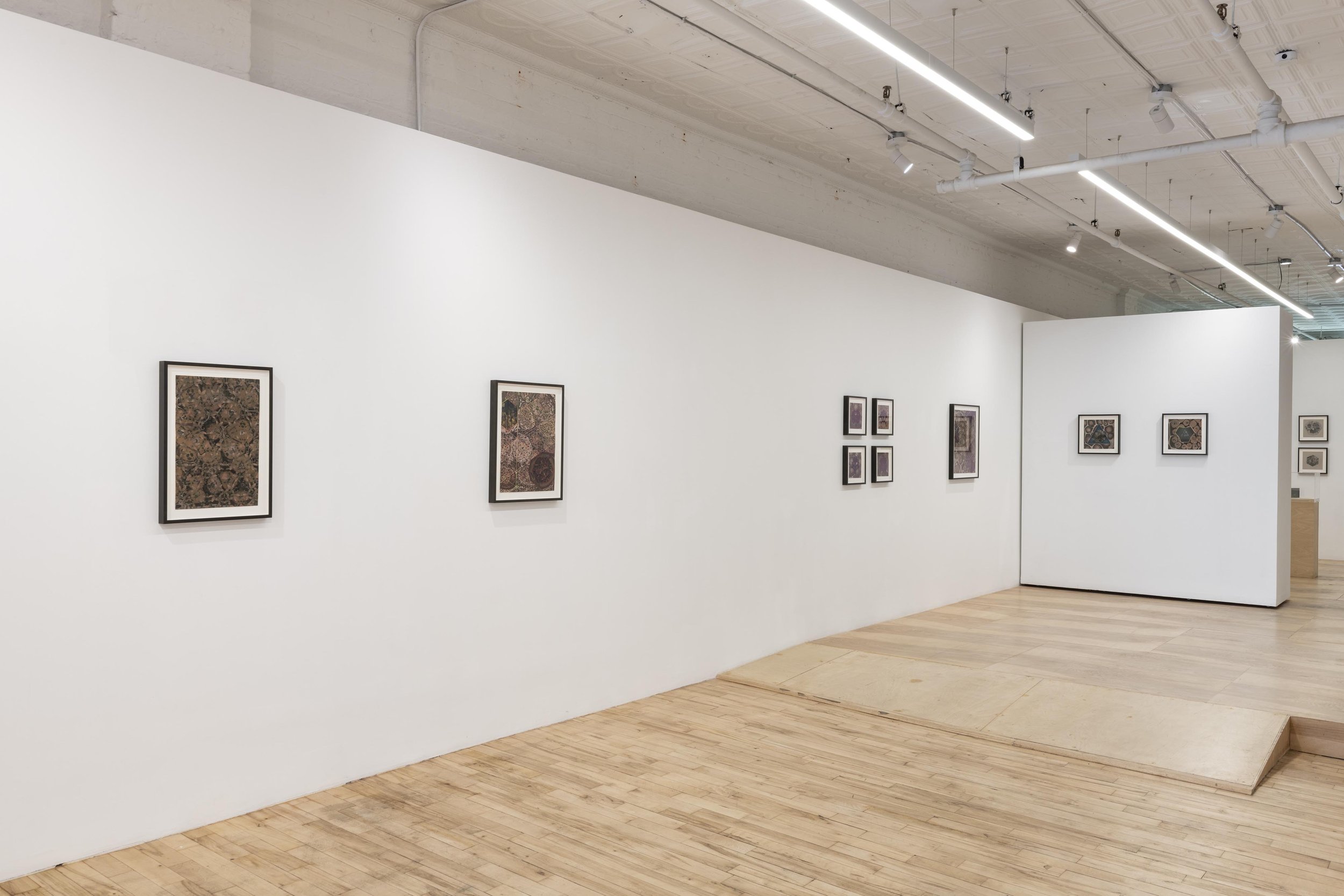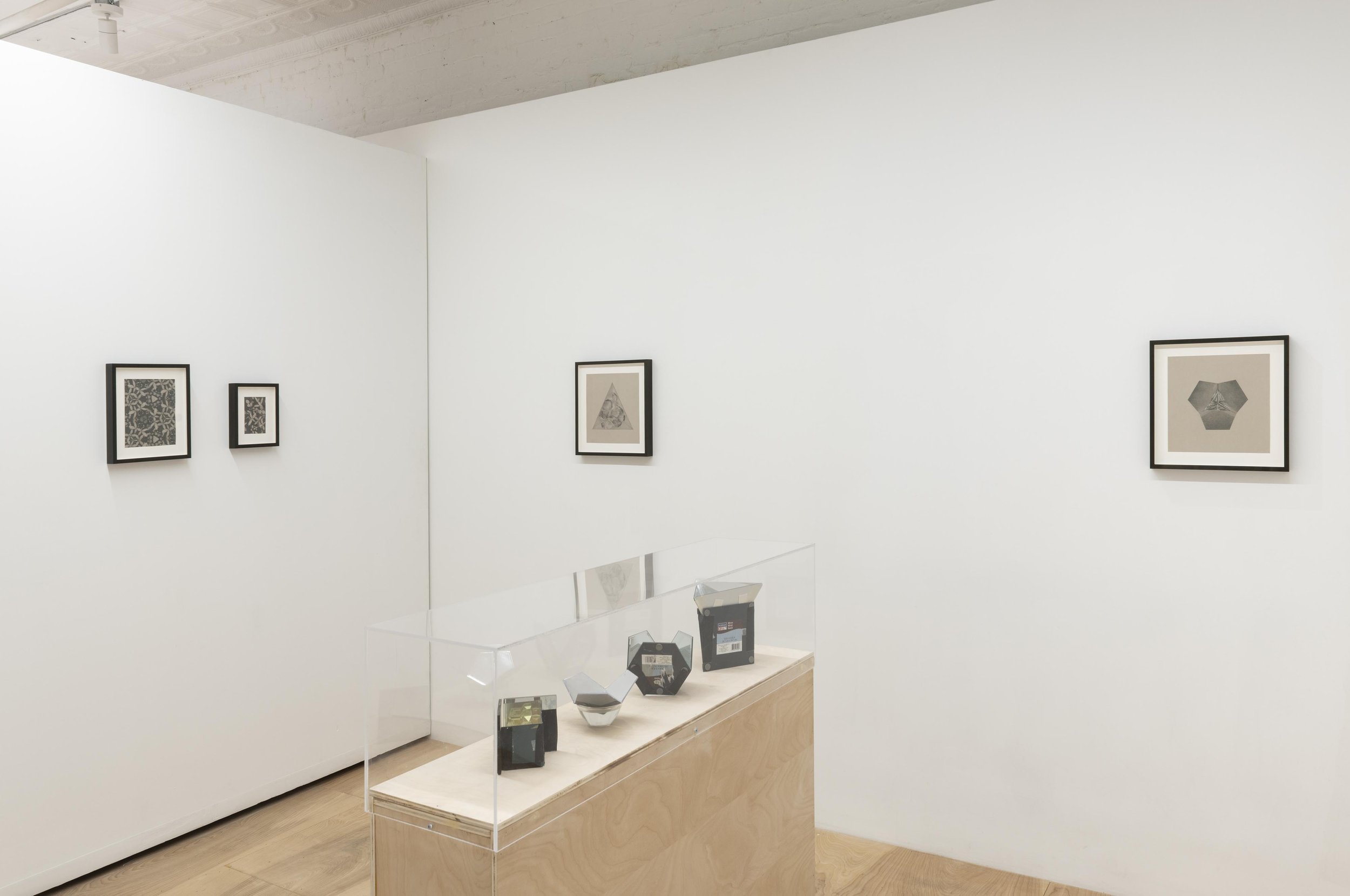ZOE PETTIJOHN SCHADE
The Hard Problem
Opening Thursday, May 11, 6-8pm
May 11 - June 24, 2023
EXTENDED until Saturday, June 24


















Installation View

























